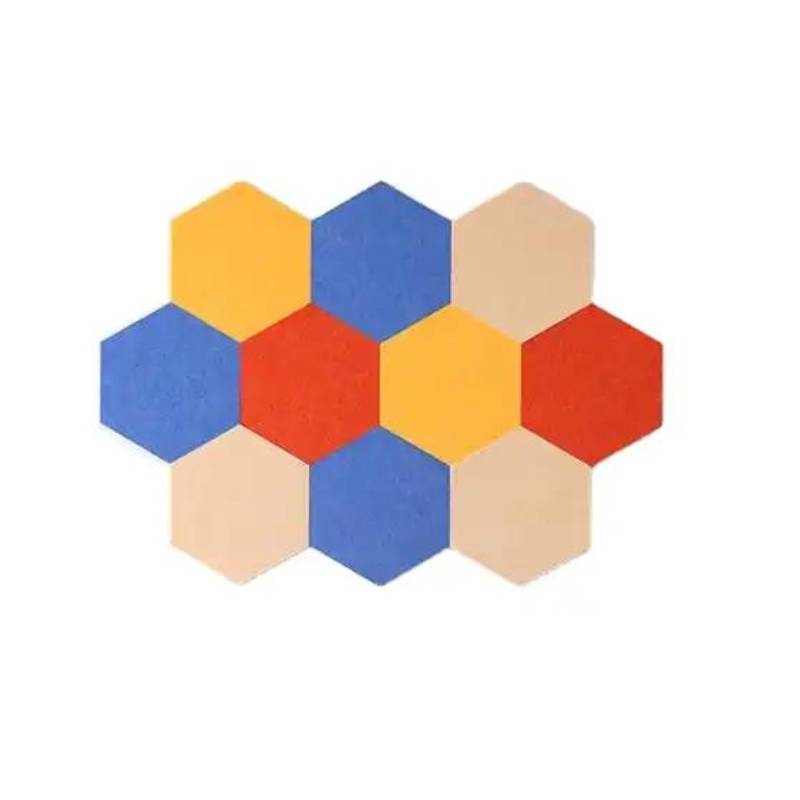The Importance of Slatwall Edge Trim in Retail Design
In the realm of retail design, every detail matters, and one often overlooked element is the slatwall edge trim. Slatwall systems, which have become a staple in retail environments, offer versatility and functionality for merchandising products. However, to maximize the effectiveness and aesthetic appeal of these systems, the inclusion of edge trims is essential.
Slatwall is a wall panel system made of medium-density fiberboard (MDF) or plywood, featuring horizontal grooves that can hold various display fixtures. Retailers use slatwalls to create dynamic displays that can be easily reconfigured as their inventory and promotional needs change. However, installing slatwalls without edge trims can lead to a rough, unfinished appearance. Edge trims provide a polished and professional finish, enhancing the overall look of the merchandising space.
One of the primary functions of slatwall edge trim is to cover the raw edges of the slatwall panels. These raw edges not only look unappealing but can also be susceptible to damage from daily wear and tear. Edge trims act as protective barriers, ensuring that slatwalls remain intact and in good condition over time. This benefit is especially crucial in high-traffic areas where products are frequently displayed and customers are constantly interacting with the merchandise.
Furthermore, slatwall edge trims are available in various materials, colors, and finishes, allowing retailers to customize their displays according to their branding and decor
. For instance, a retailer specializing in modern homeware might opt for sleek aluminum trims, while a boutique focused on vintage apparel might choose wooden trims with a distressed finish. This level of customization not only aids in maintaining brand identity but also enhances the customer experience by providing an aesthetically pleasing shopping environment.slatwall edge trim

The choice of edge trim can also influence the perceived value of the products displayed. A well-finished display conveys professionalism and attention to detail, which can lead to increased customer trust and willingness to purchase. Conversely, poorly finished displays may suggest a lack of care, making customers hesitant to engage with displayed products. As a result, investing in high-quality edge trims is not merely an aesthetic choice but a strategic decision that can impact sales and customer perception.
Moreover, slatwall edge trims play a practical role in functionality. Different trims can be designed to accommodate additional features such as hooks, shelves, or shelves with built-in lighting. This versatility allows retailers to create more dynamic displays that can adjust to highlight seasonal products or promotional items effectively. With various trim options, retailers can enhance the functionality of their slatwall systems while ensuring a cohesive and stylish presentation.
Maintenance is yet another advantage of using slatwall edge trims. The smooth surfaces of the trims are easier to clean and maintain than raw edges, which can accumulate dust and grime. Retailers who prioritize cleanliness and organization benefit when using trims, as they ensure that displays remain not just visually appealing but also hygienic, especially in environments where customers handle products directly.
In conclusion, slatwall edge trim is an important aspect of retail design that contributes to both aesthetics and functionality. By covering raw edges, offering customization options, enhancing product value perception, providing versatility, and facilitating maintenance, edge trims help create an inviting and professional retail environment. Retailers looking to elevate their merchandising displays should consider the significant role that slatwall edge trim plays in achieving a successful retail space. With the right edge trim, retailers can create an atmosphere that not only attracts customers but also encourages them to make purchases.
